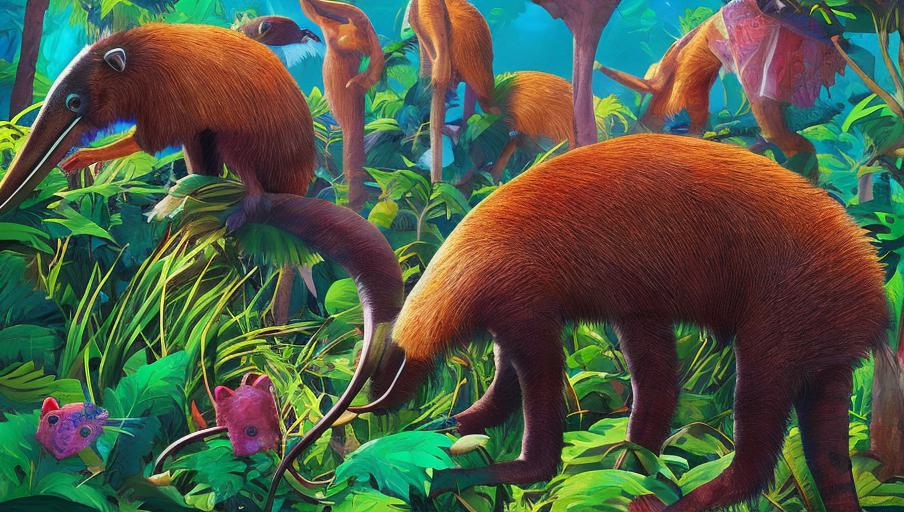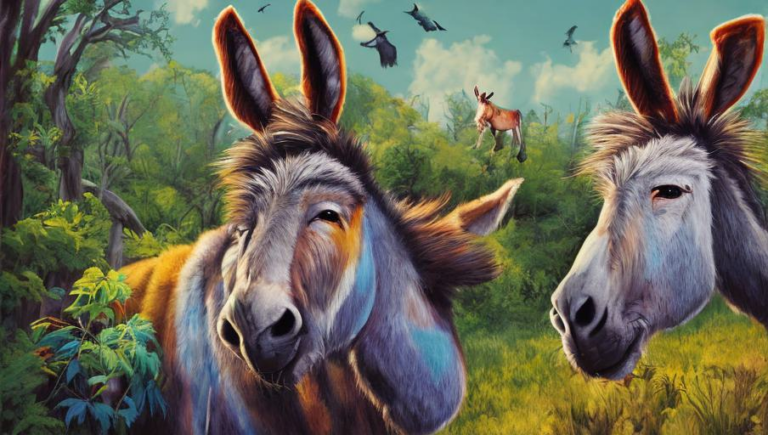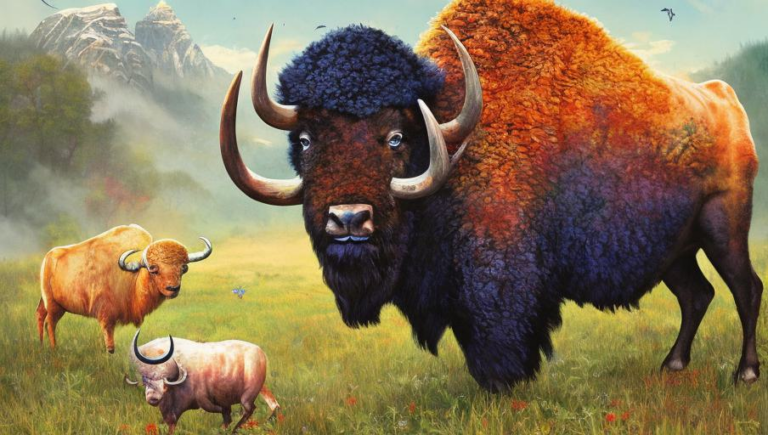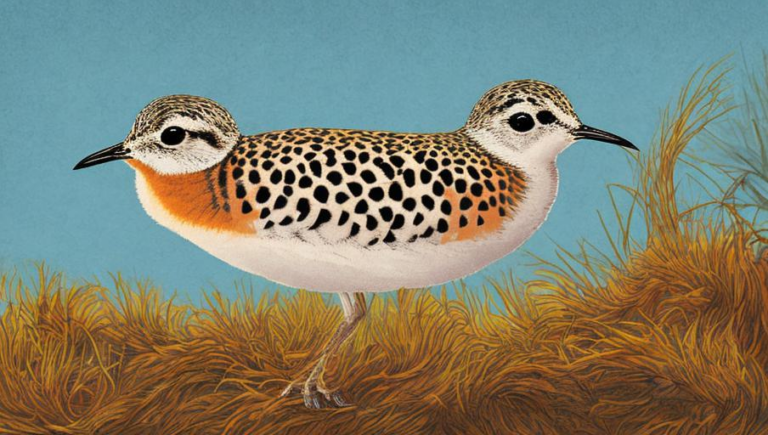Revealing the Fascinating Lives of Anteaters

Introducing the Anteater
The anteater is a fascinating creature that inhabits a variety of environments in Central and South America. This unique animal has an elongated snout and a long, sticky tongue that they use to catch their prey: ants and termites. They have powerful claws that they use to tear open ant and termite nests. Anteaters also have an impressive sense of smell, which helps them to locate their prey.
Form and Function
The anteater’s body is designed for its lifestyle, with a long snout for reaching into narrow crevices and a long, sticky tongue to catch its prey. The tongue is covered with small, backward-facing spines that help it to catch insects. The anteater also has powerful claws on its front legs that it uses to tear open ant and termite nests. Its long, slender body helps it to move quickly, while its long, muscular tail helps it to balance when it climbs trees.
Habitats and Behavior
The anteater is found in a variety of habitats, including tropical forests, savannas, and grasslands. It is mainly active during the day and spends most of its time foraging for food. The anteater is a solitary animal and will usually only interact with other anteaters during mating season. They are also very shy and will quickly run away if it feels threatened.
Conservation Status
The anteater is listed as vulnerable by the International Union for Conservation of Nature (IUCN). This is due to habitat destruction, hunting, and other human activities. In order to protect the anteater, there are a number of conservation efforts in place, such as habitat protection, captive breeding programs, and public awareness campaigns.
Final Thoughts
The anteater is a fascinating creature that is often overlooked. It is important to protect this unique animal and its habitats so that future generations can enjoy the wonders of nature.





